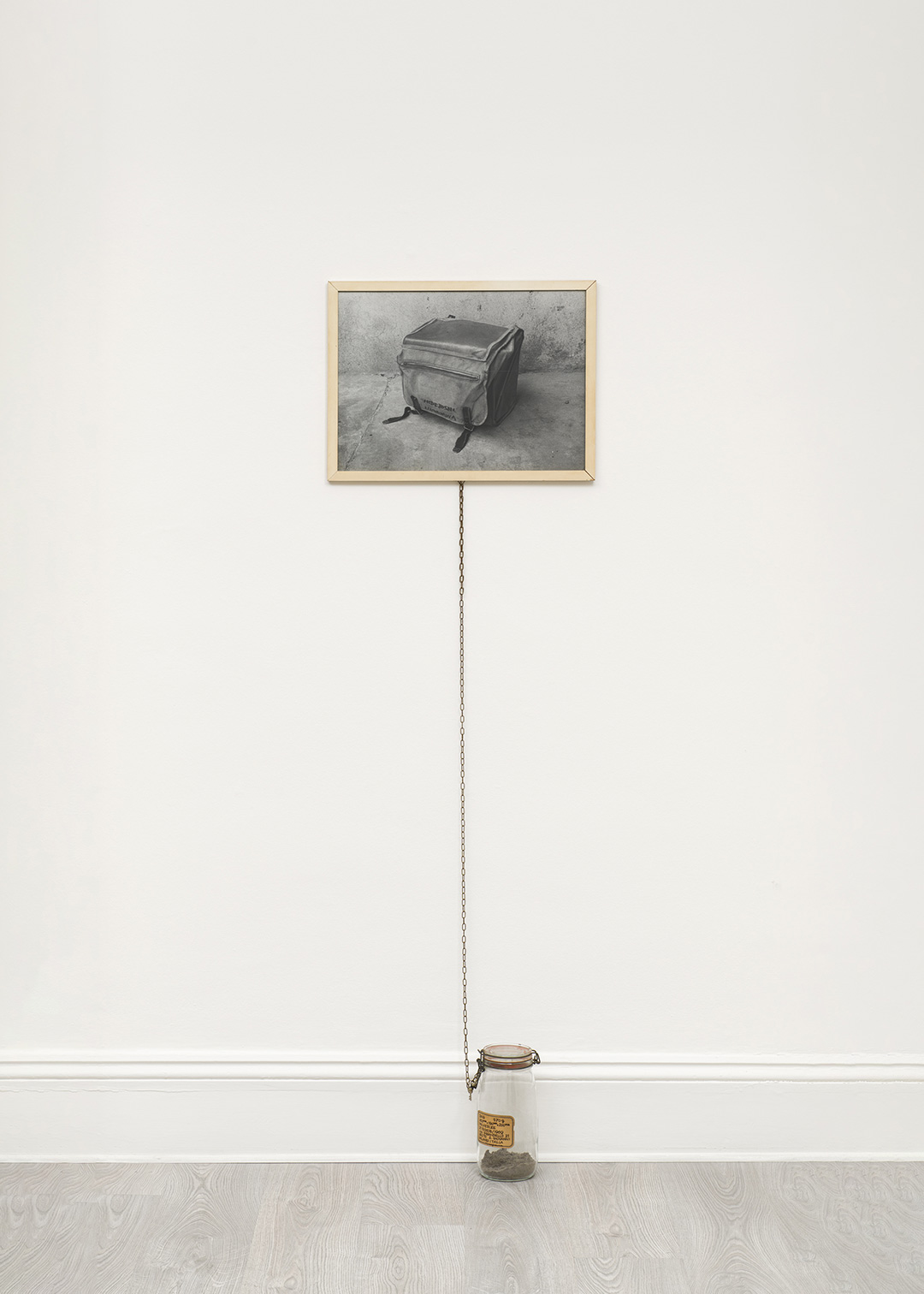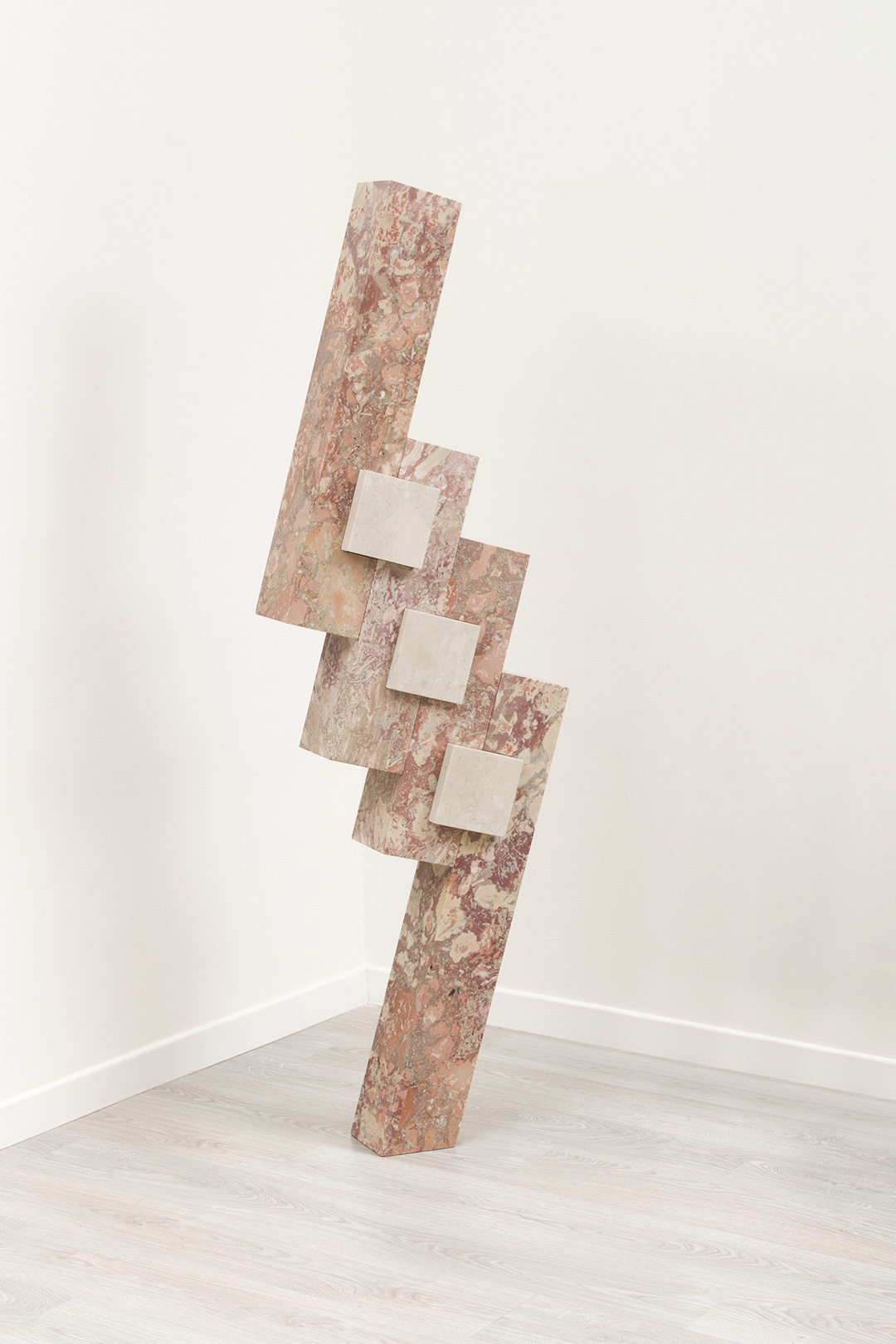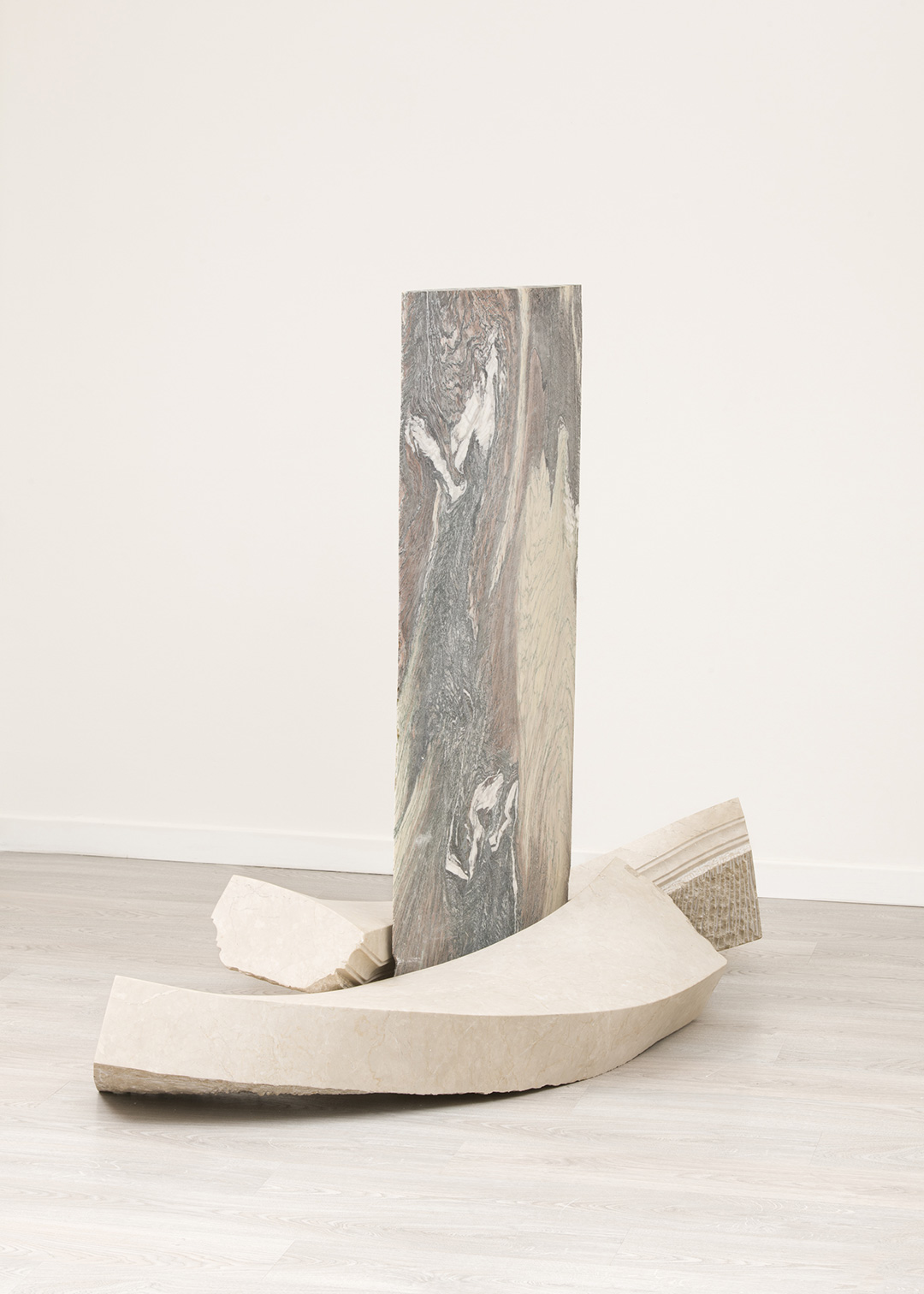“To me, sculpture deals with the invisible; I work on that part which cannot be seen, on that energy which can only be felt, yet is the true essence of form” Hidetoshi Nagasawa.
Cardi Gallery is proud to present Hidetoshi Nagasawa. Passage Through Time. 1969-2017, the gallery's first retrospective, dedicated to the late Hidetoshi Nagasawa (Manchuria, China 1940 - Milan, Italy 2018). Japanese by birth, with his family, he fled from China to Japan during the war and would later undertake a long bike trip through Asia and Southern Europe. He would eventually settle in Milan in 1967. There, he met several prominent Italian artists: Enrico Castellani, Luciano Fabro, Mario Nigro and Antonio Trotta. In 1979, he opened, along with Fabro and Jole De Sanna, the Casa degli artisti, a gathering place for young artists to exchange ideas.
Deeply influenced by both his native and adoptive cultures and striving to bridge the gap between two distant yet similar worlds, Nagasawa never limited himself to a specific medium. The exhibition, developing over four floors of the gallery space, presents a selection of thirty-four works created between 1969 and 2017, demonstrating the artist’s exceptional ability to master materials and balance gravity.
Nagasawa aimed to present the viewer with a new understanding - one beyond reason - exemplified in the Japanese idea of “Ma”. “Ma” is a liminal space between being and non-being, absence and emptiness. It inhabits the gaps between the past, present, and future. The artwork which lends the title to the exhibition, Varco nel tempo, 1993 (literally ‘passage through time’), displayed on the ground floor, highlights precisely this space. The void between the two arched steel sheets bolted together, weighted to the ground by two iron and lead beams, embodies the “Ma” permeating the ether within the heaviness of the sculpture itself. Skilfully negotiating gravity, the Japanese artist’s works find balance within that minute oscillation space between the chaos of falling and an ethereal stance. Nagasawa’s sculptures, such as Libeccio, 2017; Caos Vacilla, 2011; Il compasso di Archimede, 1991 and Dioniso, 1993, all appear at once grounded and suspended, erasing the heaviness of materials, freezing time.
His oeuvre not only expressed the dichotomies within the physical world but also shone a light onto the artist’s own introspective - highly spiritual and hybrid - complexity. Ancient myths (Albero di Leda, 1988) and icons borrowed from biblical passages (Ombra di Angelo, 1986, Annunciazione, 2012) appear alongside Eastern aesthetics and philosophies (Firma, 1970; Casa del Poeta, 1999; Buco, 1969). Nagasawa’s industrial and natural materials retain a solid emotional quality that engages all the senses. Marvel, shock and amazement shake up the viewer’s perception, moving them to a different level of understanding based on feeling rather than mere thought.
Read more +
Read less -







 Sign in with email
Sign in with email







